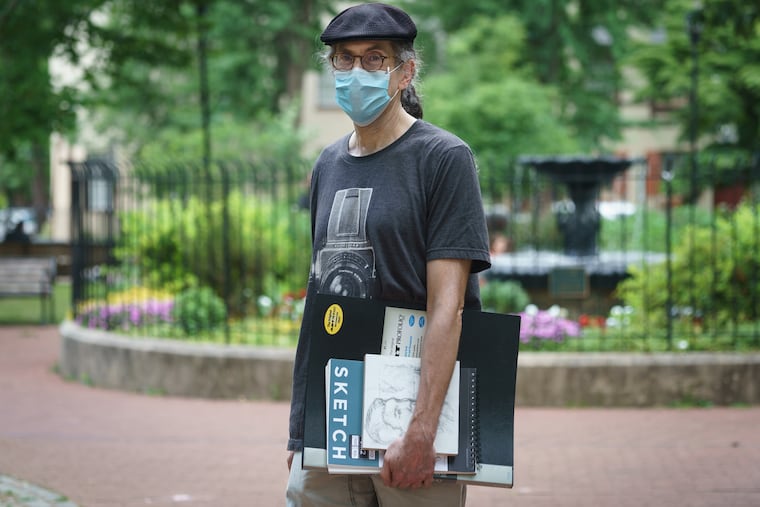This artist has been on a mission to draw Philadelphians claimed by coronavirus. Now he’s looking for others to help.
What if he could draw portraits of the fallen, and in so doing create a portrait of the living city through what it has lost?

What if he could draw portraits of the fallen, and in so doing create a portrait of the living city through what it has lost?
